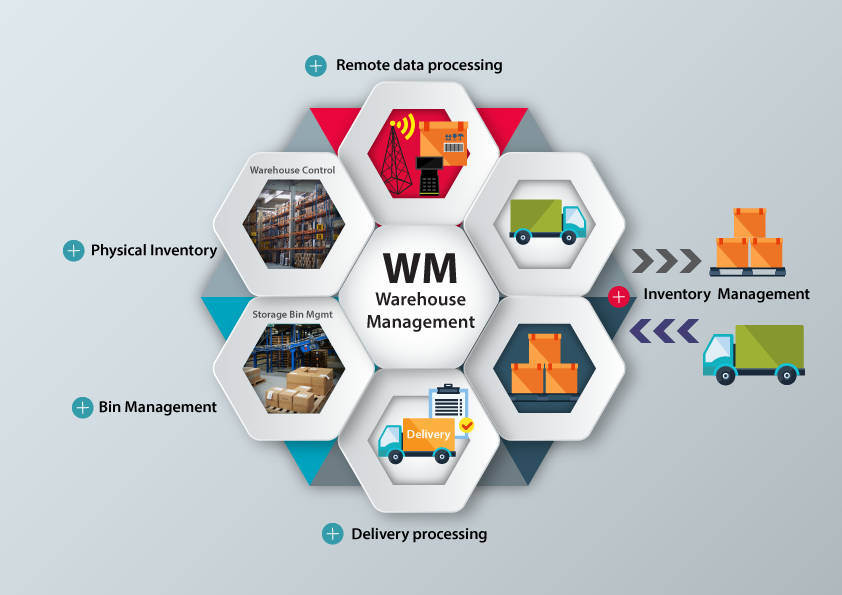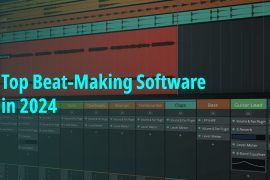
Digital experience is an emerging field that is focused on improving host-user interactions using digital technologies. Here the users can be clients and customers whereas the hosts can be online stores, portals, and websites. Some of the most common examples of digital experiences include searching for an item or watching an ad.
Digital experience platforms or DXPs are used to manage these digital interactions. According to a report, the global DXP market value in 2020 was 9.51 billion USD and is expected to reach 15.80 billion USD by 2025. In this article, we will discuss different aspects of DXP in detail. We will also list out the top 5 DXPs to use for businesses.
Table of Contents
What is a digital experience platform?
A digital experience platform (DXP) is a software that helps organizations function smoothly and deliver their services online. It provides a set of features including user portals, databases, APIs, payment processing platforms, CMS, and digital asset management. There are different types of DXPs available in the market based on their functions. Some of them are listed below –
- Marketing platforms like Amazon
- Search engine platforms like Google
- Networking platforms like LinkedIn
- Media DXPs like Spotify
- Repository platforms like GitHub
What are the components of a digital experience platform?
DXP offers several features that can be used to perform a variety of functions. According to CMSWire DXP Market Guide, core DXP consists of the following components –
- Knowledge management systems
- Customer relationship management or CRM tool
- Customer support
- APIs for interoperability and decision-making
- Data security and access control system
- Payment processing technology
- UI design tools
- Application development tools
- Customer experience optimization
- Social media integration
- Marketing automation integration
- E-commerce integration
- Content analytics
- Collaboration tools
- Multi-lingual support
The above-mentioned tools offer a complete setup for composing, managing, and delivering a contextualized digital experience.
Why use a digital experience platform?

The main reason for brands to use a digital experience platform is to deliver a rich, consistent, and personalized customer experience. The agility and flexibility of the services provided by a DXP offer an organized and scalable platform for businesses. Some of the major advantages of DXPs include the following –
- A DXP offers comprehensive touchpoint optimizations that promote customer interactions. It tracks and analyzes customer behavior at each touchpoint and uses profiling and data prediction for identifying user needs.
- It supports real-time analytics to identify user needs. This enables quick response to user queries and aids customer satisfaction.
- DXP works in pace with digital trends that make businesses more adaptable to market changes.
- It enables visibility of customer data using internal operational systems. DXP performs effective collection, analysis, and profiling of customer data. It takes into account the customer location, interaction history, etc. to predict customer preferences.
- DXP supports customizable workflows and MRM that can be easily upgraded or changed based on the company’s requirements.
- DXP can be used for efficient campaign management for increasing productivity and optimizing task parameters in terms of timeline and service.
- DXP operates using a customer-centric approach. It focuses on building an emotional connection with the customers by providing them with solutions exclusively designed for them. This increases customer loyalty towards the brand.
- DXP allows omnichannel posting of content simultaneously across different platforms.
- DXP can also be used in integration with other tools.
How to implement a digital experience platform?
The following steps can be undertaken to implement a digital experience platform –
- Firstly, the company should perform an internal analysis to understand its digital status.
- To implement DXP for best results in business, a company should have an existing CRM and/or CMS in place. These tools can be used for the digital transformation of the company.
- Now, if the company already has a digital presence across different social platforms, DXP can be implemented at this stage to combine customer interaction points to target heterogeneous audiences. DXP at this stage can be used to generate robust solutions for building a personalized customer experience.
- The next step would be to combine the company’s digital channels with its business operations. At this step, every source of customer data needs to be connected enabling DXP to maintain a database with individual customer history. This helps in detecting patterns in customer behavior and thus understanding their needs better.
- If you wish to try DXP for your organization, you can get in touch with the best DXP providers to book a demo today.
Top 5 digital experience platforms for businesses
Let’s now get to the top 5 digital experience platforms.
1. Adobe Experience Platform: Best for real-time data analytics

Adobe Experience platform or AEP forms the foundation of most of the experience cloud products. It is an open system with real-time AI-based operations. It can be used to combine customer experience data from different platforms to create powerful customer profiles.
AEP utilizes standardized XDMs, data validation tools, and machine learning algorithms for data analytics to manage both first- and third-party customer data. It can be used for large corporations as well as mid-market sectors. AEP maintains multiple repositories which are optimized for all data types. AEP utilizes two types of services, as follows:
Application services
Used for charting, tracking, and structuring customer data for analytics and customer support.
AI services
It manages protocols for running predefined AI operations including customer AI, attribution AI, content and commerce AI, etc. which can be used to optimize the customer experience.
Some of the major advantages of AEP are listed below –
· AEP can handle huge content loads.
· Users are allowed access to Creative Cloud Integration.
· It offers task management solutions.
· It supports video content.
· Variety of installation options are available.
· It also allows a what-you-see-is-what-you-get or WYSIWYG preview of the content.
Areas of improvement
UI can be inconsistent and requires heavy IT support.
Pricing
Customized plans can be availed for the Adobe Experience Platform. Pricing varies based on the features selected by the user. Quotations can be requested separately for the chosen plan.
2. Sitecore Experience Platform: Best for personalized customer experience

Sitecore provides a powerful content management system or CMS. It can be used to manage personalized content management and delivery. It can be implemented in large to mid-sized firms. It offers a user-friendly interface that allows faster authoring, data analytics, and real-time updates on customer behavior.
Sitecore is best-suited for the marketing sector. It works well in integration with Microsoft applications and Azure. It operates on a WCM system that supports platform as a service or PaaS, WYSIWYG feature for template editing, and generation of multiple microsites.
Apart from the above-mentioned features, Sitecore also offers the following features –
· Digital asset management
· Data repository maintenance
· Workflow tools to support editorial reviews
· Tools for designing marketing campaigns
· Omnichannel delivery
· Automated cross-channel campaigns
Areas of improvement
Sitecore provides limited customized options for publishing content.
Pricing
Quotation has to be requested based on the chosen customized plan.
3. SAP Fiori: Best for intuitive GUI
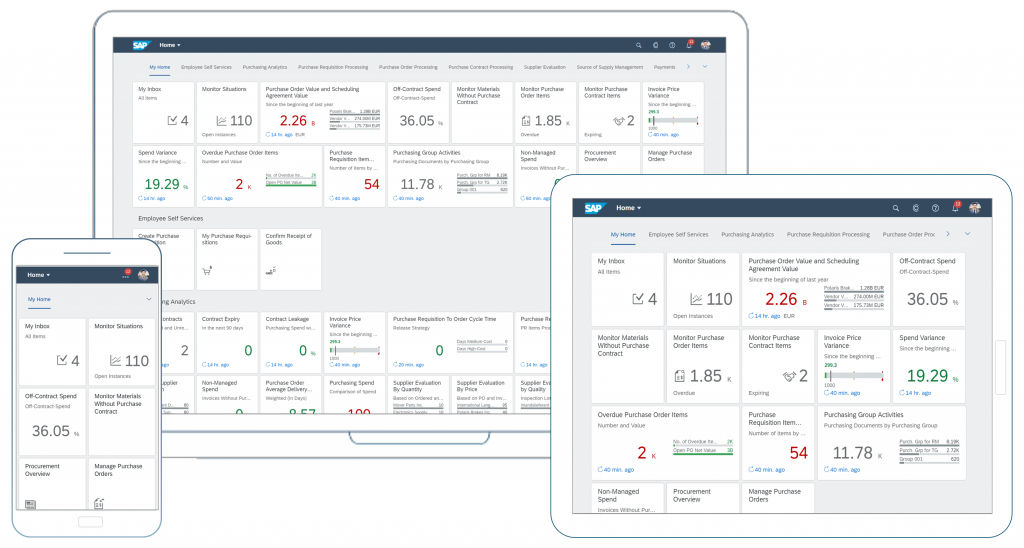
SAP Fiori operates using the next generation workforce with the latest visual traits. It is a leader in enterprise application software. It offers a user-friendly UI for designing software and building apps.
SAP works in integration with AI, IoT, and advanced analytics technologies. It provides digital experience delivery solutions that are compatible with Android and iOS. The UI of SAP Fiori is minimalistic, intuitive, and provides the best aesthetics for the user experience.
Major advantages of SAP Fiori include the following –
· Easy to use intuitive modern UI
· Improved experience for mobile users
· Works well for SAP HANA workflow
· Requires less developmental and maintenance efforts
· Compatible with complex workflows
Areas of improvement
SAP Fiori is not suitable for large volumes of content. It recommends only 100 tiles at a time on a user’s homepage.
Pricing
Request quotation to know the pricing of available plans.
4. ContentStack: Offers best CMS
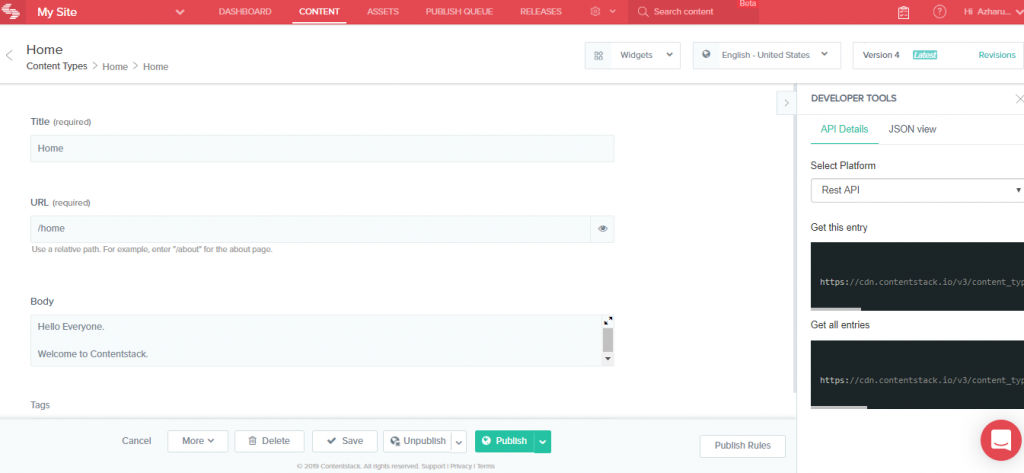
ContentStack is a CMS-based DXP. It’s a high-performance SaaS that is well-suited for expanding enterprises. It provides top-tier security features including webhook authentication, secure APIs, and encrypted content store.
ContentStack works in integration with third-party apps including YouTube, Google Analytics, Ooyala, Shopify, MonkeyLearn, Optimizely, IMB Watson, Marketo, and Egnyte. It also supports API web integration.
Additional features offered by ContentStack is listed below –
· Scheduled publishing
· Approval process control
· Built-in digital asset management system
· Advanced content version updates
· Effective customer support
· User-friendly UI
· Fast content delivery
· Flexible content editing options
Areas of improvement
ContentStack does not offer many options for content modeling. It can also become difficult to modify the content at a later stage.
Pricing
ContentStack offers a free trial and its custom plans start at $995/month.
5. Kentico Xperience: Works in integration with MVPs for faster solutions
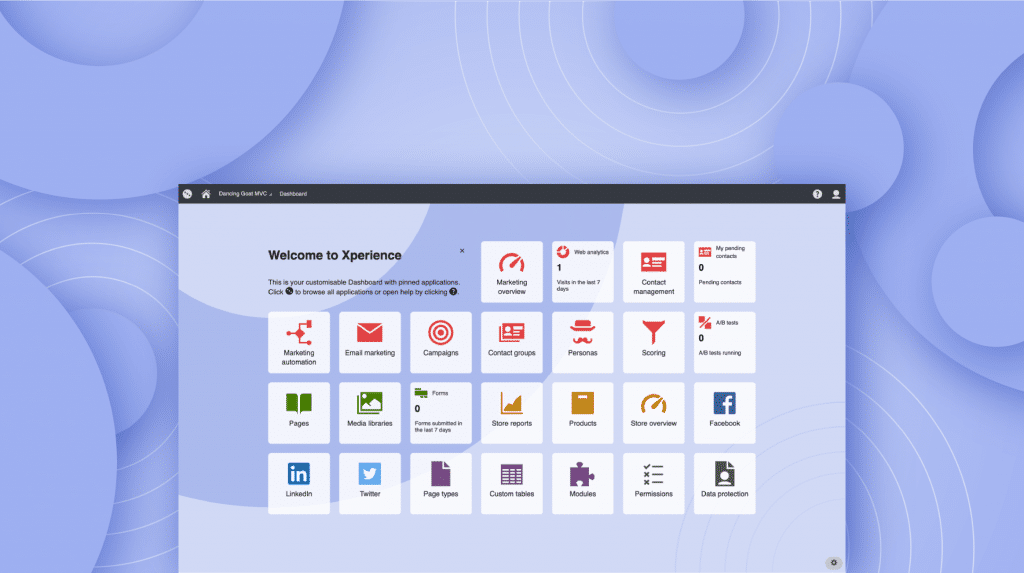
Kentico Xperience platform can be used to manage customer experience across different platforms. It utilizes webhook authentication for data security. It allows users to build their elements and organizes content with hierarchical taxonomies.
Kentico Xperience operates as a headless CMS with super-fast API. It works in integration with MVPs that focus on fostering collaborations and promote digital customer experience.
Following are the main advantages offered by the Kentico Xperience platform –
· High operational efficiency.
· Consistent customer experience across different touchpoints and channels.
· Compatibility with WYSIWYG template editing feature.
· Drag and drop page builder for user-friendly operation.
· Campaign analytics via a dashboard.
Areas of improvement
It cannot be operated using mobile devices.
Pricing
Yearly subscription plans of Kentico Xperience start at $9999/year for businesses. A one-time license can also be purchased for lifetime access.
Conclusion
A digital experience platform is a complete provider of all user needs. It offers combined benefits of APIs, payment processing platforms, CMS, and digital asset management. It also acts as a repository for customer experience data. In business, DXP can be used to optimize customer engagement, increase organic website traffic, and promote sales conversion. If you are looking for DXP best-suited for your business, get in touch with us at SaaSworthy.
Also read:




